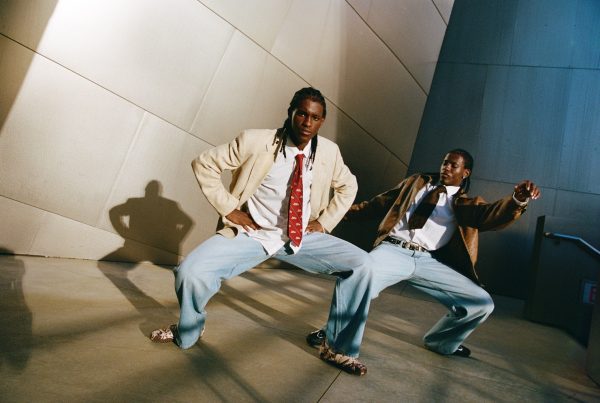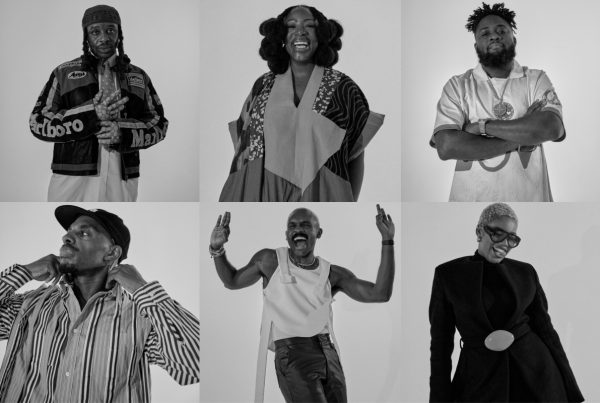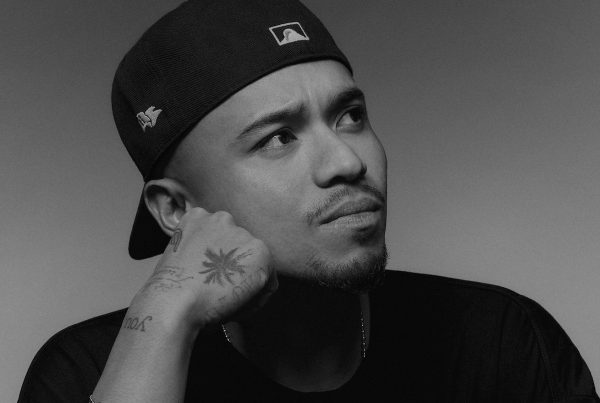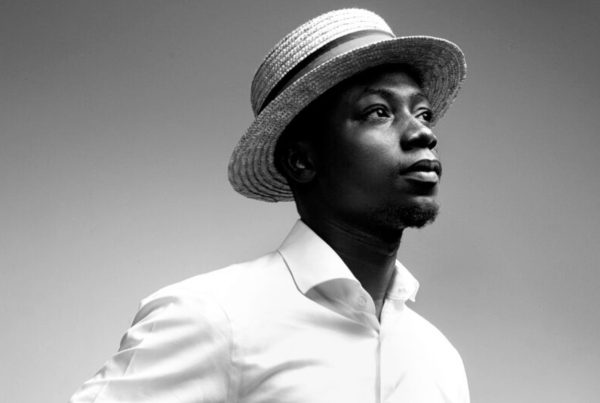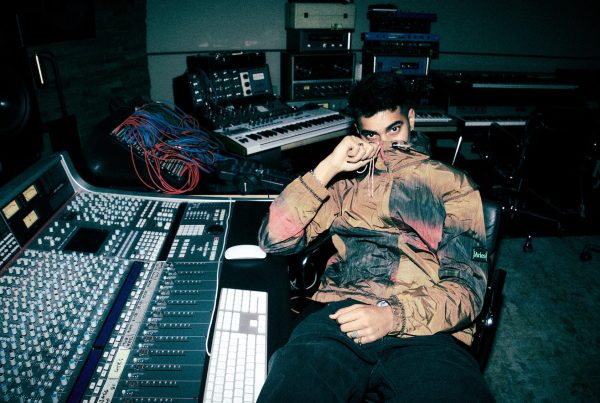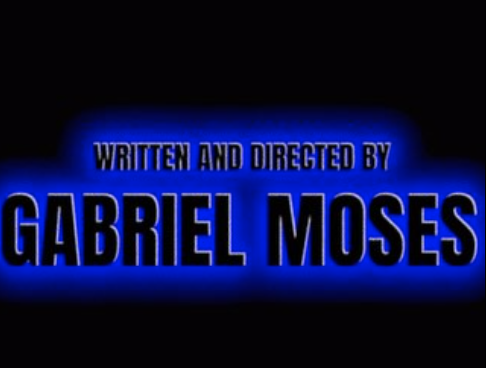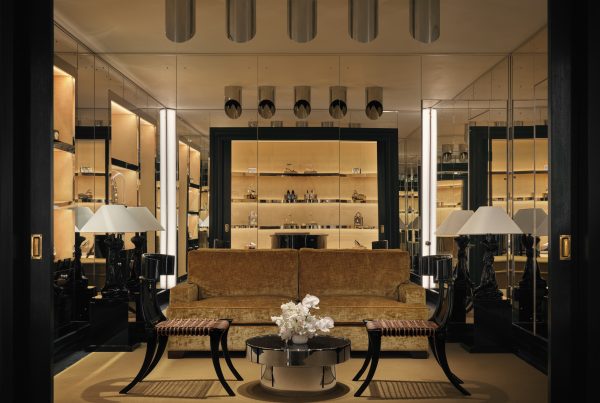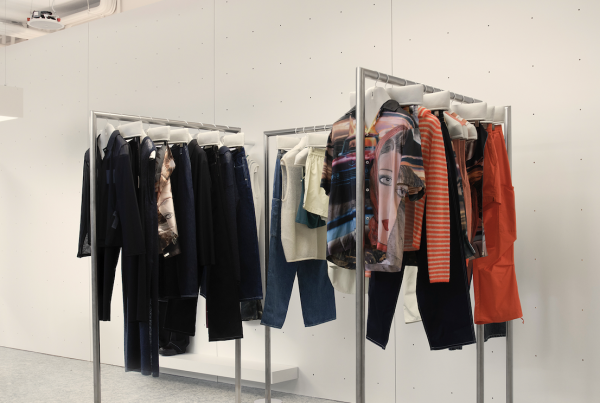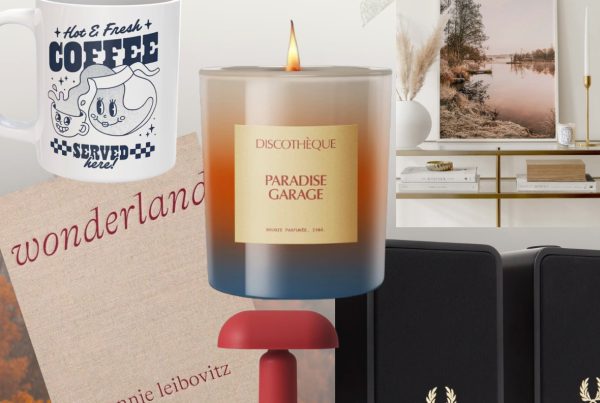From speakers in Cape Town and Lagos, to the streets of London and Paris.
As we look back on this summer, it is undeniable that the sounds that rang out of speakers in Paris, Lagos, London and Cape Town were not coming from Top 40 radio but from Afrobeats and Amapiano. Carving out their space in clubs from Pretoria to Portugal, these genres are taking on a new role in guiding the way we dress for the season.
It’s impossible to miss, if you’re paying attention. Whether it’s Burna Boy’s custom Marine Serre and Louis Vuitton on-stage fits to Uncle Waffles’ magnetic and highly choreographed sets that look more like high fashion editorials than just DJ sets, the cultural impact of these two genres has spanned past just the music and is now fully visible in fashion. In design, function follows form. But in this case, fashion follows the music.

PHOTO CREDIT: @burnaboygram // @majamoan
With its rich blend of West African rhythms, hip hop, and pop, Afrobeats is simultaneously laid-back, cool and futuristic. The sensuality and confidence that is found in the music also permeate the wardrobe choices of the artists. Whether it’s the halfway unbuttoned light silk shirts of Wizkid or Rema’s armour layered gold jewellery paired with the wide-legged pants adorned in bold prints, these looks are just as expressive as the genres’ sounds. Burna Boy’s recent tour has functioned like a travelling fashion exhibition. Known for his bold looks as much as he is known for his catchy lyrics, Burna Boy’s distinct blend of high fashion alongside African masculinity, blended with a nod to his heritage, has seen him take to the stage in custom Off-White by Ib Kamara or Burberry’s latest offerings. Although often seen without a shirt, when it comes to his pants, his use of tailoring is sharp but doesn’t feel calculated. It’s fashion as performance. These looks don’t chase the trend cycle. They reflect a mood, with uncanny swagger.
These choices are translating directly into men’s wardrobes. Co-ords in saturated tones, lightweight suiting paired with sandals, and jewellery worn with confidence are popping up everywhere from Lagos rooftops to Ibiza pool parties. Even festival crowds in London and Miami are taking cues from Afrobeats stars, with mesh tanks, crochet knits and silk sets becoming as much of a staple as sunglasses. Afrobeats doesn’t chase seasonal trends. It provides a tone of confidence, playfulness and cultural pride that has started to resonate across continents.

PHOTO CREDIT: @hypetribeng // @htdesk
With log drums and slowed-down grooves that echo through its fashion codes, Amapiano tells a different story but arrives at a similar style destination. Rooted in the townships of South Africa, this sound marries deep house with jazz with local genres like Kwaito. The tempo is slower, and the bass is deeper. As the genre gained international esteem, the fashion influence followed suit. Mixing rhythm with visual identity, looks blend sportswear influences and high fashion, pulling from local designers like Rich Mnisi or Galxboy, to be paired with cult favourites like Louis Vuitton, Amiri or Gucci. With a culture that’s big on presentation and style, the looks are unhurried and almost effortless. Loose silhouettes, luxe streetwear, bucket hats, oversized sunglasses and utility-inspired layers dominate. Think DJ Maphorisa, Uncle Waffles or even Major League DJz, who have become international ambassadors of the sounds.
This aesthetic has been absorbed into international summer style. In Berlin, Amapiano parties see groovists layering utility vests over crisp white tees, pairing wide shorts with pristine Air Force 1s. In New York, downtown crowds are mixing luxury sneakers with cargo pants and cropped boxy shirts. The style has given summer dressing an athletic slant while still being expressive, unique, and aesthetically interesting. It is not over-the-top and logo-based standing out, but standing out with purpose.
Look at the street style around any major summer festival and you’ll see the impact in full colour. But this is not a new phenomenon; music has always had a say in fashion. Hip hop gave us streetwear. Punk brought in ripped denim, and grunge gave us flannel and messed-up hair. As streaming pushes Afrobeats and Amapiano onto every global playlist, the fashion story follows suit. Summer wardrobes are becoming louder, freer and more expressive, mirroring the soundtracks dominating clubs, beaches and festival fields. What ties it together is mood. The joy of Afrobeats. The ease of Amapiano. The kind of confidence that turns an outfit into a rhythm all its own.

PHOTO CREDIT: @unclewaffles_
The stage has become a runway and audiences are taking notes. Cultural signals are moving faster than ever, and fans are styling themselves in direct response. A mesh tank worn by Burna Boy in Lagos, or a pair of oversized sunglasses spotted on Uncle Waffles at a Boiler-Room set in Johannesburg, can hit Instagram and TikTok within hours and trickle down into luxury streetwear collections a season later. Afrobeats’ influence shows up in silk co-ords, crochet shirts, and jewel-toned tailoring that mirrors the genre’s warmth and glamour. Amapiano’s aesthetic filters through in relaxed cargos, graphic football jerseys, and sneakers that turn dance floors into lookbooks.
Luxury brands are listening closely. Wizkid fronted Dior Men’s Autumn/Winter 2023 campaign, his signature relaxed tailoring and statement jewellery aligning seamlessly with Kim Jones’ vision. Pharrell Williams’ Louis Vuitton Spring/Summer 2025 collection, a love letter to Black culture, positioned Afrobeats stars Rema and Tems front row, their presence underscoring the shift in influence. Streetwear labels are advancing the shift too. Amsterdam-based Daily Paper, created by three Dutch African creatives, has built collections steeped in African heritage, while collaborating with artists like Amaarae and releasing curated playlists alongside their drops. This kind of integration reflects the reality on the ground. African music and fashion are setting the tone for what global cool looks like.
It’s worth noting that luxury streetwear itself is changing. With a revived appreciation for craftsmanship, loud logos have been swapped out for more subtle but still expressive looks. And this is a space that is perfectly suited for the influence of Afrobeats and Amapiano. The style codes coming out of Johannesburg’s Braamfontein or Lagos’ Lekki Phase 1 aren’t about flexing, they’re about layering culture. There’s a love for local textiles and a willingness to mix tradition with luxury. Designers like Thebe Magugu and Kenneth Ize are redefining what African luxury looks like, and they’re doing it on their own terms.
























